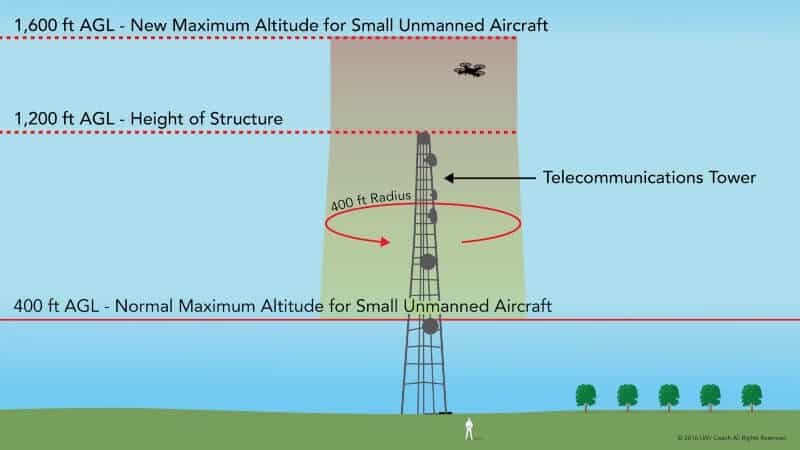Flying FPV Drones: Indoors vs Outdoors
One of the best things about First Person View (FPV) drones is that they can be flown both indoors and outdoors and they are adept at both.
This article will guide you through what you need to know in terms of the FAA laws, physical and practical limits of flying, and differences in flight characteristics when flying in either space.
Flight characteristics
Different FPV drones behave differently, regardless of flying indoors or out. For example, while ducted quads (where ducts enclose the propellers) are great for indoor safety and added lift, they get tossed around in the wind due to the wind catching the ducts. Therefore, open-blade quads are preferred outdoors.
Visual Line of Sight (VLOS)
Flying outdoors poses some challenges.
If you are flying outdoors, the pilot must keep the FPV drone within visual line of sight. This usually means the pilot will need to employ a visual observer (the “spotter”) who needs to be able to see the drone at all times. The reason is it is very difficult for the FPV pilot to keep an eye on the drone when they are wearing immersive FPV goggles.
This is an FAA rule and applies to all drones, including standard DJI drones being flown outdoors.
On the other hand, the FAA does not have jurisdiction over what happens indoors - you are not flying in any kind of airspace. Neither a VO or the pilot needs to have VLOS of the drone, but it is good practice to have a spotter just to be safe. This also applies to regular DJI drones but those are typically not flown indoors.
Airspace Limits
Outdoors, you also have to take into account the 400 feet maximum altitudes that drones can fly. There are exceptions - you can fly higher than 400 feet when you fly 400 feet higher than a building, tower or structure. Additionally - you can fly as far as a 400 feet radius from the center of the structure which basically means there is a cylindrical shape that extends 400 feet higher, and in a space that extends 400 feet out from the sides of the building where you can fly the drone.
This is due to the fact that manned aircraft need to keep at least 500 feet away from buildings (sideways and over). The difference of 100 feet is just a buffer.
Flying over people and cars
The FAA does not let you fly any type of drone over 250 grams or without prop guards over “groups” of people. As a result, you can either find a time of day where the area is “sparsely populated” - as defined by the FAA.
At Sky Tech One, we can build a drone lighter than 250 grams and with prop guards for a fee.
Indoors, the FAA again has no jurisdiction over the space so you should practice common sense and make sure everyone involved in the area is aware that a drone will be flying through.
Flying at night
For outdoor flying, per the FAA, you must use anti-collision strobes when flying at night to increase visibility for other drones or manned aircraft. This might not work as the strobes might interfere with the ambient lighting of the set. Furthermore, the camera quality could take a hit due to a lack of light as GoPro’s have smaller sensors to capture the light. Although it is entirely possible to fly FPV at night with usable footage, in dimly lit areas, we recommend a larger FPV drone with our RED Komodo.
The verdict
There are pros and cons to flying either indoors or outdoors. There are more advantages to flying indoors - the main reason is you don’t have to worry about the FAA. Additionally, since there is no wind, it is easier to control the drone in a closed environment. Sometimes you just have to fly outdoors - for example, if you need to establish the shot and then go into the building. In that case, you just have to adhere to FAA rules.
At Sky Tech One we offer both types of drone flying with custom tailored options for your project. Please check out our FPV Page: https://www.skytechone.com/fpv



